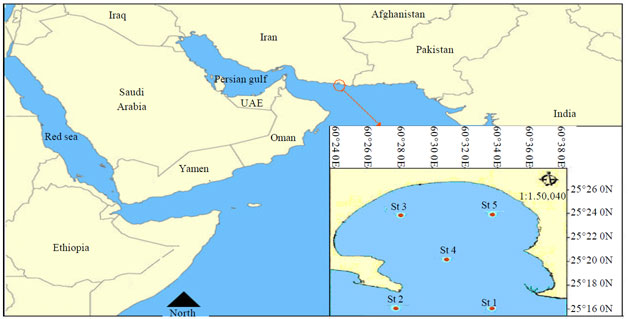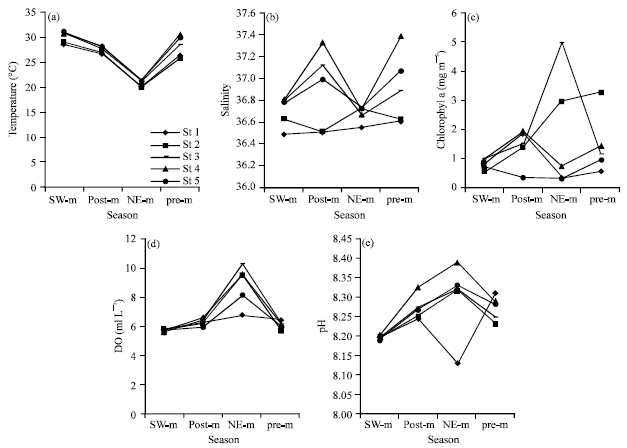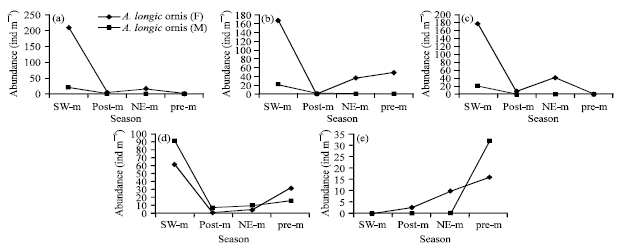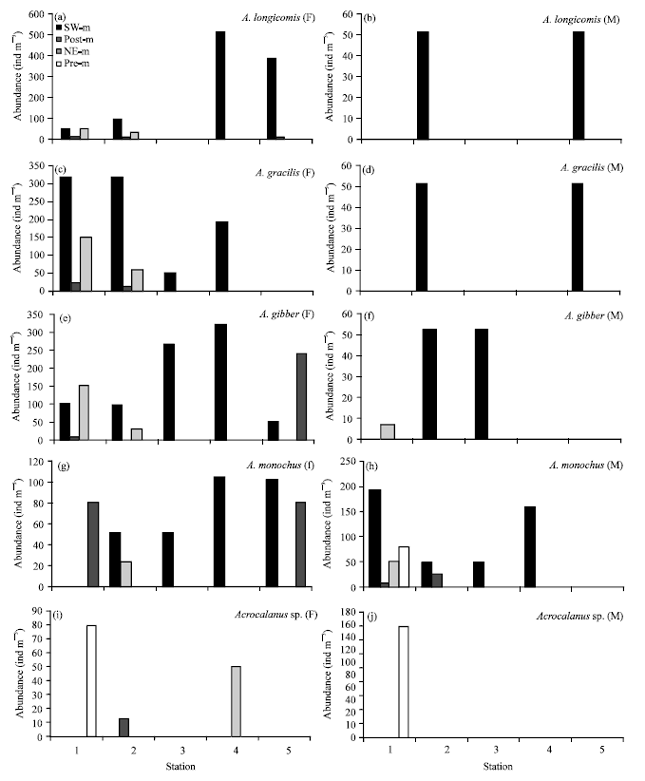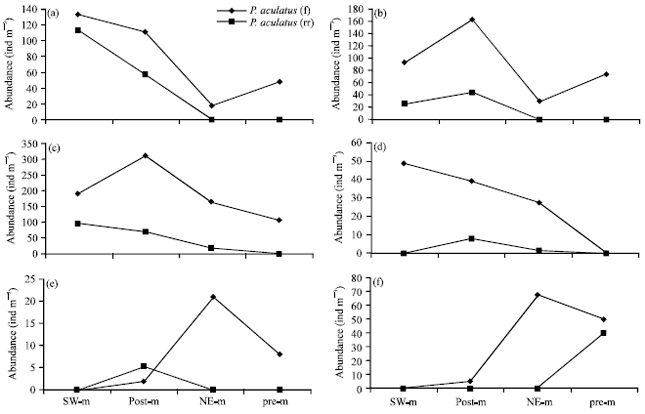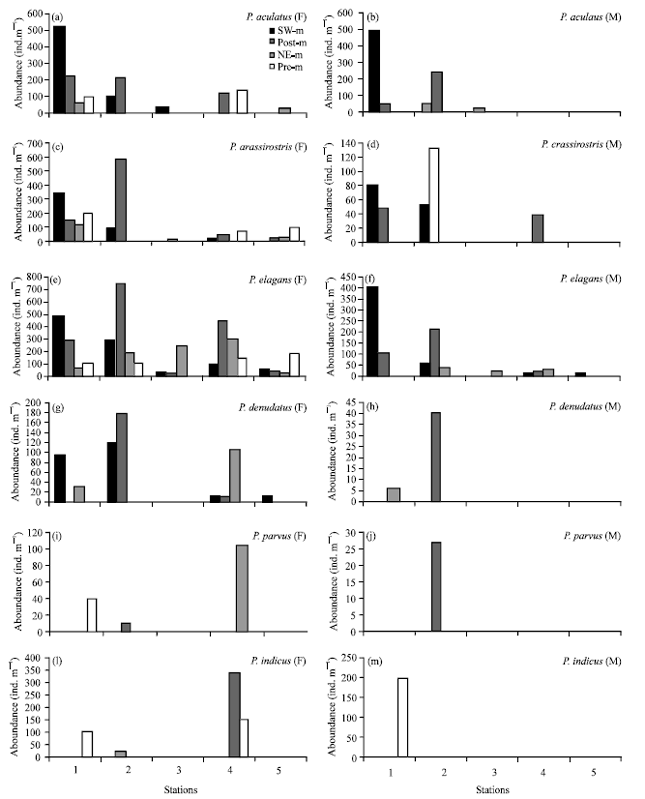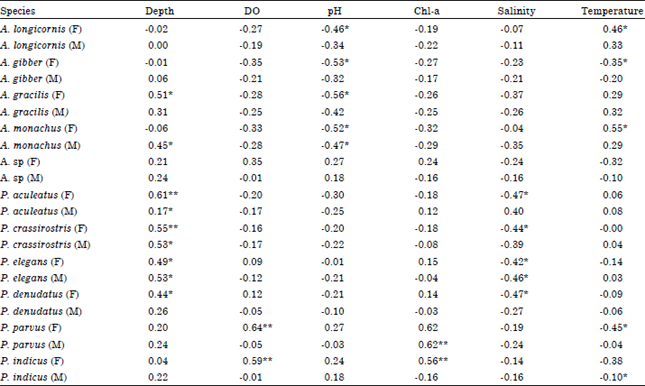Research Article
The Seasonal Change of Female and Male Paracalanidae (Calanoid Copepod) in Chabahar Bay: The Gulf of Oman
Department of Biology, Khorramshahr University of Marine Science and Technology, Khorramshahr, Iran
Rasool Zare
Department of Biology, Khorramshahr University of Marine Science and Technology, Khorramshahr, Iran









